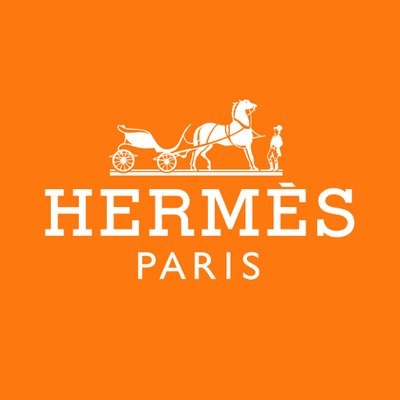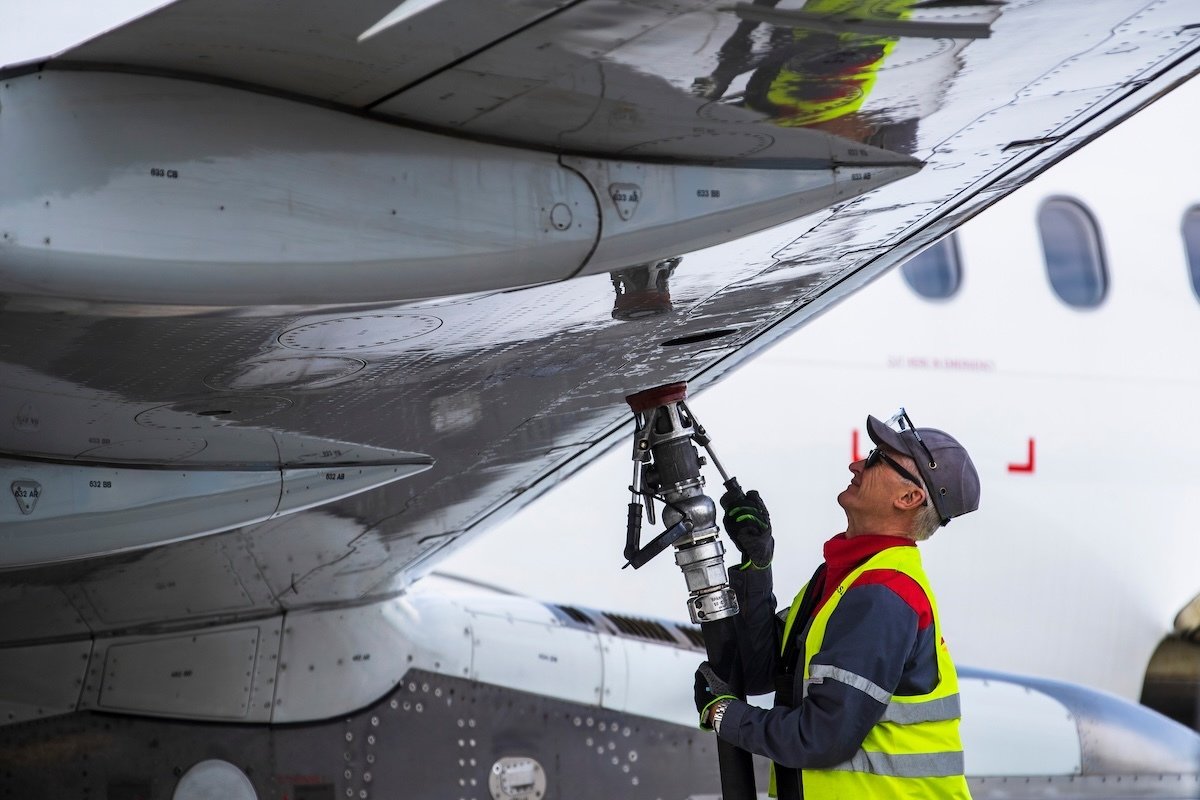business
Opinion

After interviewing a number of executives in the financial space, Max Harper, Analyst at Third Bridge comments on Barclays, informed by insights from industry experts: Barclays delivered a strong set of results this morning, driven by robust performance in their investment bank. Global Markets stood out, with Q2 FICC and Equities revenues up 25% and 26% year-on-year respectively, though partially offset by currency movements in favour of the pound.

Ongoing market volatility and geopolitical tensions continue to support this momentum, and while the second half may see a more muted impact compared to H1, these dynamics remain supportive of performance. Outside of the investment bank, the bank’s structural hedge should continue to act as a tailwind for net interest income and support stable income growth moving forward.
Alongside the announced £1 billion share buyback, Barclays’ strategic focus on acquisitions such as Tesco Bank should help expand market share and shift revenue toward more stable sources in line with their 2026 targets.

Max Harper remarks on HSBC which posted a miss on Wednesday with its Transaction Banking and Wealth bright spots, a trend our experts see continuing with opportunities for product innovation. The macro environment should continue to benefit FX, while Wealth focuses on digital innovation and expanding its private markets offering.
Expenses were higher then expected, though they should still deliver on its cost-cutting programme and its mid-teens ROTE target for 2025-27. The key challenge remains implementation, especially around senior staff costs.
Their new operating model simplifies the structure to get closer to clients, supporting income growth and cross-selling. Exiting non-core areas will allow more resources for core strengths like Transaction Banking and Asian Wealth. The East-West split adds transparency and could ease a future breakup if political tensions rise, though that remains unlikely for now.

Max Harper also comments on St. James’s Place: A strong showing from St. James’s Place this morning that should continue to lift sentiment. The firm beat expectations on funds under management, driven by better than expected inflows and supportive market conditions. They also outperformed on their underlying post cash result, pointing to solid momentum.
With structural tailwinds like shifting demographics and rising demand for advice amid growing tax complexity, SJP looks well placed to capitalise.
SJP appears to have retained client trust despite recent impairments and headline pressure. Their charging structure is evolving at the right pace to align with Consumer Duty expectations. Compared to IFAs, SJP is well positioned to navigate these regulatory shifts as scale brings stability and experts we’ve spoken to estimate the administrative burden for independent advisors could rise by 20 percent.
The firm continues to adapt to structural changes in the industry. Their adviser academy is a key strength helping offset the demographic challenge of adviser retirements with the industry’s average adviser age now around 60.

Turning to the London Stock Exchange, Max Harper, comments:Better than expected results from LSEG this morning, with strong first half growth in annual subscription value, up 5.8 percent. This points to a positive response to recent product enhancements, which could gain further momentum through the Microsoft partnership.
Experts we have spoken to note that LSEG’s pricing typically sits below Bloomberg, is broadly in line with FactSet, and carries a premium over S&P. The Microsoft tie up may help LSEG close the gap on Bloomberg and pull ahead of the others.
That said, Bloomberg is still seen as the leader when it comes to data quality and the scale of its terminal business. While the Microsoft partnership is expected to enhance LSEG’s technology and delivery, out experts are sceptical over whether the full value of the deal at its current cost can be realised within the originally expected time frame.

In the automotive space, Orwa Mohamad Analyst at Third Bridge made a series of remarks regarding Aston Martin: which faces a challenging second half of 2025, with market headwinds expected to weigh on volumes and profitability. China, once a key growth driver, is now in structural decline for foreign luxury automakers. Aston Martin, like its peers, is shifting focus to more resilient regions such as the US, Europe, and the Middle East to maintain volume stability.
Tariff exposure and foreign exchange volatility are near-term pressures. Although the recent US-UK trade agreement helps cap tariffs at 10%, a weak US dollar relative to the pound creates a pricing mismatch that is likely to be passed on to end consumers. Internally, Aston Martin is taking steps to mitigate costs, with a particular emphasis on bill of materials optimisation. However, cost-cutting measures take time to filter through, and gross margin recovery is not expected until 2027 or later.
Despite these challenges, Aston Martin’s client base offers some insulation. Buyers in the ultra-luxury segment tend to be less sensitive to inflation and economic cycles, giving the company more pricing flexibility.
Debt burden continues to limit product development and investment in new technology, raising concerns about long-term competitiveness. The partnership with Lucid offers a potential solution on the EV technology front.
Going private is being considered as a potential path forward. Our experts say simplifying the ownership structure could improve agility, attract long-term partners, and reduce the administrative and financial burdens of public listing.

Commenting on the automotive EV space, Orwa Mohamad Analyst comments on Renault: Our experts expect Renault’s global volumes to grow by 4-5% in 2025, driven by a steady stream of new product launches. Key models like the Renault 5 E-Tech and the Dacia Bigster are set to anchor this growth, while international markets will play a larger role in the mix. New vehicles such as the Kardian and Grand Koleos are slated for rollout in Latin America and North Africa.
Renault is committed to a value-over-volume strategy that puts margin, brand strength and disciplined pricing ahead of pure scale. This shift away from past tactics that relied heavily on low-margin sales channels has already begun to pay off. Retail now accounts for the majority of Renault’s sales in Europe, a move that has significantly improved profitability even as the overall market contracts.
Dacia, Renault’s high-margin disruptor brand, is central to this strategy. The upcoming Bigster C SUV is expected to be a major driver of both volume and margin. As Europe’s largest vehicle segment, the C SUV category offers ample room for growth. But the Bigster represents more than just a new model. It’s a strategic play to elevate Dacia’s brand and extend its reach beyond Europe into higher-value segments.
Still, Renault’s outlook is not without headwinds. Currency volatility in markets like Brazil and Turkey, growing regulatory pressure from the European Union, and the phase-out of EV subsidies in countries like France are all weighing on affordability. Meanwhile, the European EV market is slowing, and fierce pricing from Chinese rivals continues to squeeze margins.
Despite the upbeat outlook, Renault faces a challenging operating environment. Currency volatility in markets like Brazil and Türkiye, rising regulatory pressure from the European Commission, and the phase-out of EV subsidies in France all threaten to erode affordability. At the same time, slowing demand for EVs in Europe and aggressive pricing from Chinese competitors are intensifying margin pressure.

In the luxury market, Yanmei Tang, Analyst at Third Bridge made a series of remarks regarding Kering: Our experts say Kering is facing a tough reality as its two main luxury markets, China and the United States, are under strain. China’s consumers have become cautious, preferring to save rather than spend on luxury, while the US market is wobbling under political unpredictability that is clouding consumer confidence.
Product desirability is now a bigger problem for Kering than any tariff threat. Desirable brands like Hermès can nudge prices higher without hurting demand, but brands such as Saint Laurent and Gucci do not currently enjoy that level of pricing power. Our experts point out that creative stagnation is not helping, with designers spending much of their time mining archives rather than bringing fresh ideas to the market.
Kering’s approach to distribution is also weighing on brand equity. Our experts say that uncontrolled wholesale exposure and the heavy use of outlets have damaged the sense of exclusivity that luxury customers expect. Brands like Gucci and Saint Laurent have leaned too heavily on wholesale and discounted channels for short-term cash. By comparison, LVMH has kept tighter control of its channels, which helps protect perceived value and pricing discipline even when markets slow.
Turning Gucci around will take time. The brand needs at least two to three collections to stabilise under new creative leadership, especially as any change in designer inevitably risks alienating existing clients while trying to cultivate a new audience. Our experts add that while Gucci’s strong leather goods offer should provide a buffer, the damage from years of over-distribution means recovery will be gradual.
Leadership stability is another point of concern. Kering has changed designers across its three main brands simultaneously, a risky move given the group’s reliance on figures like Francesca Bellettini, who holds significant sway over appointments and brand direction. This top-heavy approach often leads to reactive, short-term decisions aimed at plugging immediate gaps, in contrast to LVMH’s longer-term, structured leadership model.

Turning to Hermès, Yanmei Tang, remarks that Hermès has consistently focused on scarcity, craftsmanship, and brand equity, rather than chasing aggressive volume growth. Its approach appears well-suited to a market where high-end consumers are becoming more selective and emotionally connected to brands. While the overall luxury market in China is cooling, Hermès has continued to avoid heavy promotional campaigns and has not overextended itself in terms of product range or store expansion.
Looking ahead, experts believe Hermès is better positioned to weather market volatility. Unlike its peers, which are undergoing leadership changes or restructuring, Hermès is expected to maintain internal stability over the next three to five years. This continuity, combined with its ability to execute targeted product launches and deepen relationships with existing clients, may allow the brand to continue gaining market share even in a flat or slow-growth environment.
The brand’s disciplined retail strategy and selective investment in China are also paying off. Rather than flooding the market, Hermès has maintained a focused footprint and high store productivity. Our experts say this has helped the brand avoid the fatigue now visible in some of its competitors.

In the UK pet market, Alex Doran, Analyst at Third Bridge made a series of remarks regarding Pets at Home. Our experts say Pets at Home is trying to sharpen its value proposition as it looks to keep customers loyal and spending. Pets at Home’s biggest strength has always been its in-store experience and staff advice, though our expert suggests the shine may have been taken off Pets at Home as an employer, potentially putting pressure on its core USP. However, this should be fairly easy to turn around with the right focus and training.
One of the newer strategies includes club member-only pricing, designed to offer exclusive discounts to its most engaged shoppers. It’s a smart idea in theory, but the early signs suggest it may take time to land properly with customers. If the pricing feels unclear or inconsistent, it could hurt more than help the brand’s value perception.
The company is also leaning more into subscriptions through its Easy Repeat programme, which allows pet owners to automate repeat purchases. While this brings in steady revenue and saves customers time, there’s a risk that the brand could lose some of the personal connection that has long been one of its biggest strengths. Our experts say Pets at Home stands out because of the advice and support customers get from store colleagues.
At the same time, pure online rivals like Zooplus are pushing ahead with their own subscription models, combining a strong value reputation with convenience. It’s putting pressure on Pets at Home to clarify what sets it apart, especially as consumers become more price sensitive.
There’s also a wider challenge at play. The surge in pet ownership during COVID has slowed. That means growth will be harder to come by, and winning a bigger share of existing customers’ spending will be crucial in the months ahead, though Pets at Home remains well positioned overall.




